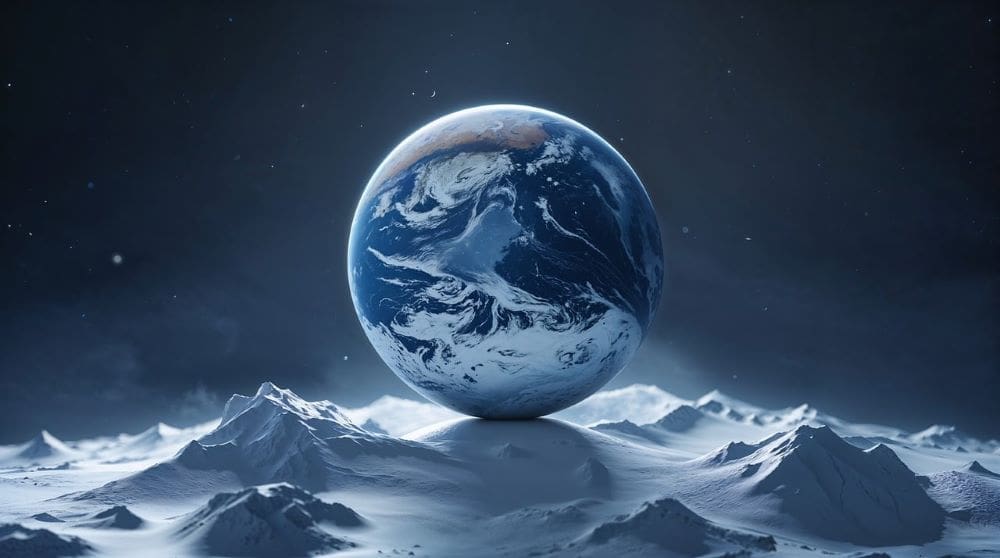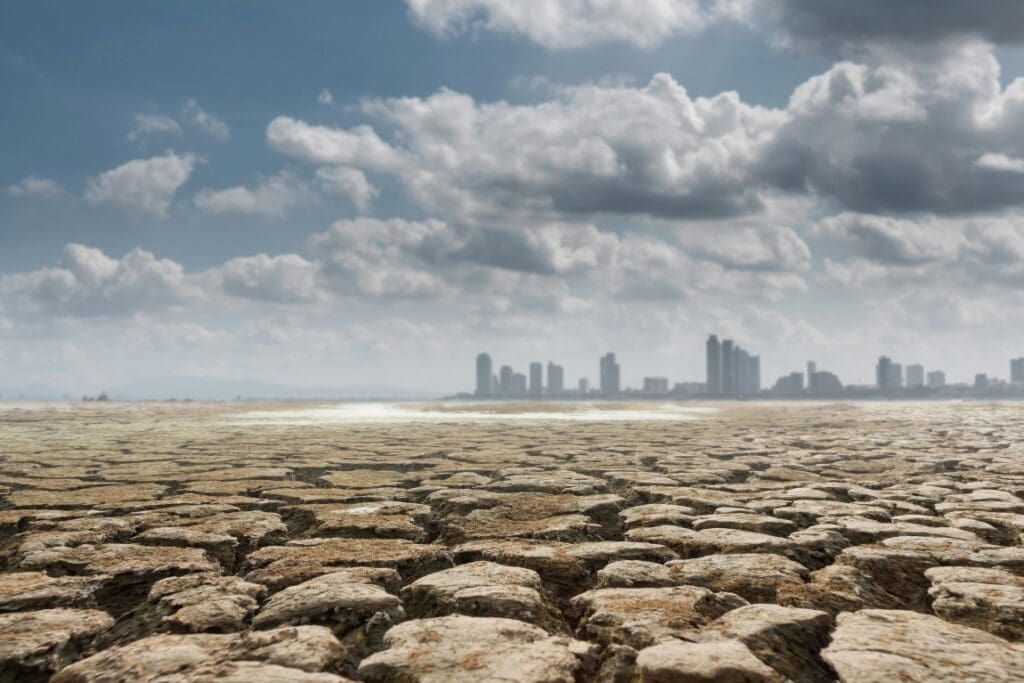Explore the latest insights from top science journals in the Muser Press daily roundup (August 4, 2025), featuring impactful research on climate change challenges.
In brief:
Challenges in governing rapidly emerging marine-climate interventions
In a Review, Tiffany Morrison and colleagues discuss the risks associated with rapidly emerging marine-climate intervention approaches. Because current governance systems are ill-suited to the scale and novelty of these new interventions, the authors argue, new regulatory frameworks are urgently needed to balance risk and reward, avoid harm, and ensure that ocean-based climate solutions are safe, equitable, and effective.

Rapid climate-driven changes are occurring in marine ecosystems worldwide. As a result, a range of new marine-climate interventions have been proposed, ranging from anthropogenically enhancing ocean alkalinity, to removing carbon dioxide from the atmosphere, to using assisted gene flow to breed heat-resistant corals. However, while many of these strategies inspire optimism, they are largely untested and pose unprecedented governance challenges. Here, Morrison et al. argue that the pace of new interventions is eclipsing the capacity of current governance systems and without careful oversight, these strategies may instead lead to unintended or irreversible harm.
According to the authors, governance of marine-climate interventions must go beyond technical plans and public approval and should consider environmental, ethical, and political impacts, especially when projects are carried out on a large scale. While some early-stage guidelines exist, they have yet to be fully integrated into broader governance frameworks. The authors note that this lack of coordination slows progress toward achieving global marine and climate goals.
To move forward, Morrison et al. advocate for dynamic governance principles that support “responsible marine transformation.”
“There is mounting evidence that responsible transformation principles, if applied, can improve social, equity, and biodiversity outcomes and generate more durable ocean solutions,” write Morrison et al.
Journal Reference:
Tiffany H. Morrison et al., ‘Governing novel climate interventions in rapidly changing oceans’, Science 389, 6759, eadq0174 (2025). DOI: 10.1126/science.adq0174
Article Source:
Press Release/Material by Walter Beckwith | American Association for the Advancement of Science (AAAS)
Do you want to freeze a cloud? Desert dust might help
- Using 35 years of satellite data, researchers observed a consistent pattern for ice cloud formation stemming from desert dust in the atmosphere.
- The way clouds freeze is vital piece of the puzzle for climate models.
- For the first time, researchers demonstrate that ice formation follows the same pattern at different scales expanding the scope of this type of research.
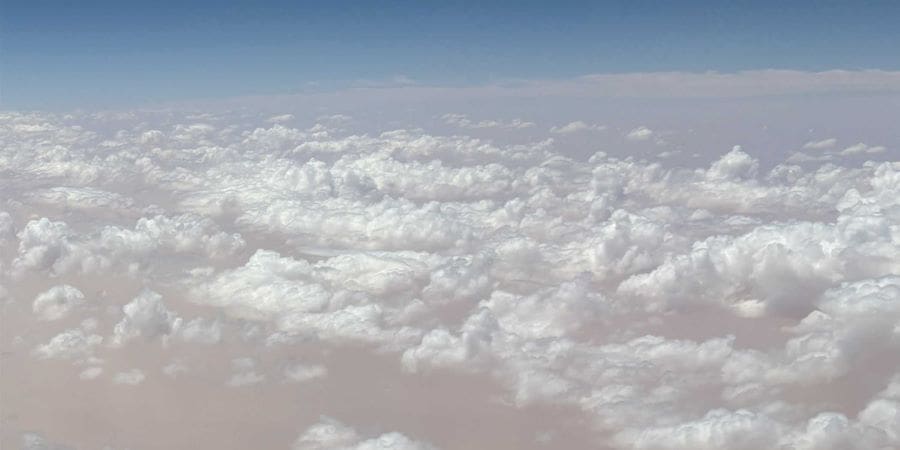
A new study shows that natural dust particles, swirling in from faraway deserts can trigger freezing of clouds in Earth’s Northern Hemisphere. This subtle mechanism influences how much sunlight clouds reflect and how they produce rain and snow – with major implications for climate projections.
Drawing on 35 years of satellite observations, an international research team led by ETH Zurich found that mineral dust – tiny particles swept up by the wind and carried into the upper atmosphere – can trigger the freezing of cloud droplets. This process is particularly important in northern regions, where clouds often form in a temperature range just below freezing.
“We found that where there’s more dust, clouds are much more likely to freeze at the top,” explains Diego Villanueva, a Post-doctoral researcher for Atmospheric Physics at ETH Zurich and lead author of the study. “This has a direct impact on how much sunlight is reflected back into space and how much precipitation is generated.”
Dust turns clouds to ice
The researchers focused on mixed-phase clouds, which contain both supercooled water and ice, forming between −39 °C and zero °C. These clouds are common in mid- and high-latitudes, especially over the North Atlantic, Siberia, and Canada. They are known to be extremely sensitive to changes in their environment – particularly to the presence of ice-nucleating particles which stem primarily from desert dust aerosols.
By comparing the frequency of ice-topped clouds with dust levels, the researchers observed a remarkably consistent pattern: The more dust and the cooler the clouds, the more frequent the ice clouds. What is more, according to the researchers, this pattern aligned almost perfectly with what laboratory experiments had predicted about how dust triggers droplet freezing.
“This is one of the first studies to show that satellite measurements of cloud composition match what we’ve known from lab work,” says Ulrike Lohmann, senior co-author, and Professor of Atmospheric Physics at ETH Zurich.
A new benchmark for climate models
The way clouds freeze directly affects how much sunlight they bounce back into space and how much water they release as precipitation. These factors are vital for climate models, but until now, many of these models lacked a solid reference point for how cloud freezing really works on a global scale.
The new findings establish a measurable link between airborne dust and cloud-top ice frequency, providing a critical benchmark for improving climate projections. “It helps identify one of the most uncertain pieces of the climate puzzle,” says Villanueva.
A complex picture – with a clear signal
For decades, atmospheric scientists have studied droplet freezing at the microscale. This study shows, for the first time, that cloud ice formation (or glaciation) follows the same behaviour as droplet freezing – but on a much larger scale. This finding expands the scope of atmospheric research in this area – from nanometre-scale structures of dust surfaces that form atmospheric ice crystals to kilometre-scale cloud systems in which ice formation can be observed from space.
Still, the dust–ice link does not play out equally across the globe. In desert regions like the Sahara, cloud formation is sparse, and the strong movement of hotter air may suppress the freezing process. Also in the Southern Hemisphere, marine aerosols may take over dust’s role. The researcher team emphasizes the need for further studies to better understand how other factors such as updraft strength or atmospheric humidity, for example, influence cloud freezing. For now, however, one thing is clear: Tiny dust grains from distant deserts help shape the clouds above our heads – and with them, the future of our climate.
Journal Reference:
D. Villanueva et al., ‘Dust-driven droplet freezing explains cloud-top phase in the northern extratropics’, Science 389, 6759, 521-525 (2025). DOI:10.1126/science.adt5354
Article Source:
Press Release/Material by Marianne Lucien | ETH Zurich
Major discovery of Ice Age bones in a Norwegian cave opens a window into the past
The bones of 46 types of animals – including mammals, fish and birds – were discovered in a cave on the coast of Northern Norway, representing the oldest example of an animal community in the European Arctic during this warmer period of the ice age.
The findings have been published in the Proceedings of the National Academy of Sciences (PNAS).
The research team believe the bones will help scientists understand how wildlife once responded to dramatic climate shifts, insights that will be highly relevant for conservation work today.
“These discoveries provide a rare snapshot of a vanished Arctic world,” said the study’s first author Dr Sam Walker of Bournemouth University and the University of Oslo. “They also underscore how vulnerable cold adapted species can be under changing climate conditions, which can help us to understand their resilience and extinction risk in the present,” he added.
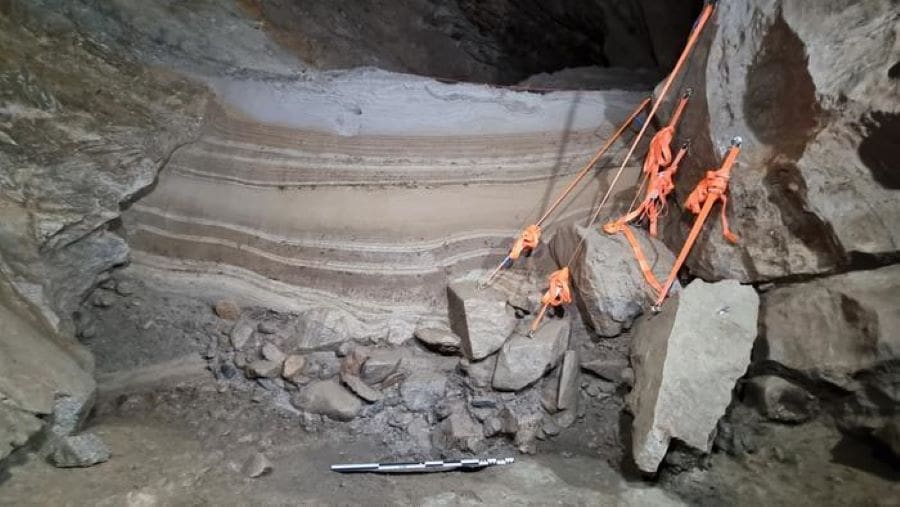
Amongst the animals they identified were polar bear, walrus, bowhead whale, Atlantic puffin, common eider, rock ptarmigan and Atlantic cod. They also found collared lemmings, a species that is now extinct in Europe and which had never been found in Scandinavia until now.
DNA testing also found that the lineages of these animals did not survive when the colder conditions returned.
“We have very little evidence of what Arctic life was like in this period because of the lack of preserved remains over 10,000 years old,” said senior author Professor Sanne Boessenkool of the University of Oslo. “The cave has now revealed a diverse mix of animals in a coastal ecosystem representing both the marine and the terrestrial environment,” she added.
The Arne Qvamgrotta cave was discovered in the 1990’s when a local mining industry built a tunnel through the nearby mountain. It has remained largely unexplored for nearly 30 years when the research team carried out large excavations in 2021 and 2022 and unearthed the cave’s secrets.
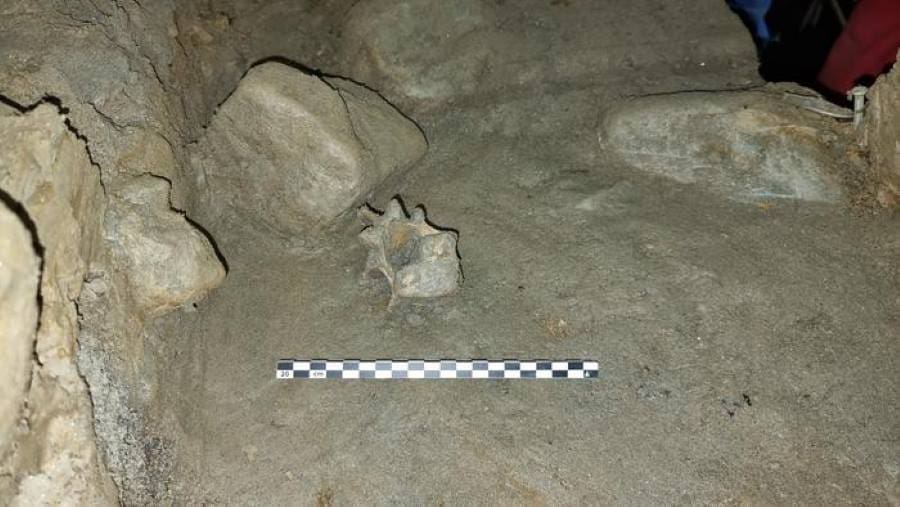
The variety of animals suggests the habitat at the time was largely ice free along the coast after glaciers had melted. This would have provided a suitable habitat for the migratory reindeer whose remains they discovered.
The presence of freshwater fish means there would have been lakes and rivers within the tundra and there must have been sea ice off the coast for some of the mammals such as bowhead whales and walruses. The sea ice was likely to be seasonal because harbour porpoises, also found amongst the animal remains, are known to avoid ice.
Although these animals colonised the region after the glaciers melted during this period, it appears that whole populations died as they could not migrate to alternative ecosystems when the ice returned and covered the landscape.
“This highlights how cold adapted species struggle to adapt to major climatic events. This has a direct link to the challenges they are facing in the Arctic today as the climate warms at a rapid pace,” said Dr Walker. “The habitats these animals in the region live in today are much more fractured than 75,000 years ago, so it is even harder for animal populations to move and adapt,” he added.
“It is also important to note that this was a shift to a colder, not a period of warming that we are facing today,” Professor Boessenkool said. “And these are cold adapted species – so if they struggled to cope with colder periods in the past, it will be even harder for these species to adapt to a warming climate,” she concluded.
The study is a collaboration between the University of Oslo, Bournemouth University, University Museum of Bergen, Norwegian University of Life Sciences, and other institutions.
Journal Reference:
S.J. Walker, A. Boilard, M. Henriksen, E. Lord, M. Robu,J. Buylaert, L.M.T. Beijersbergen, L.S. Halvorsen, A.M. Cintrón-Santiago, E.K. Onshuus, C.A. Cockerill, G. Ujvari, L. Palcsu, M. Temovski, J. Maccali, H. Linge, J. Olsen,S. Aksnes, A. Bertheussen, […] & S. Boessenkool, ‘A 75,000-y-old Scandinavian Arctic cave deposit reveals past faunal diversity and paleoenvironment’, Proceedings of the National Academy of Sciences U.S.A. 122 (32) e2415008122 (2025). DOI: 10.1073/pnas.2415008122
Article Source:
Press Release/Material by Bournemouth University
Featured image credit: Gerd Altmann | Pixabay

